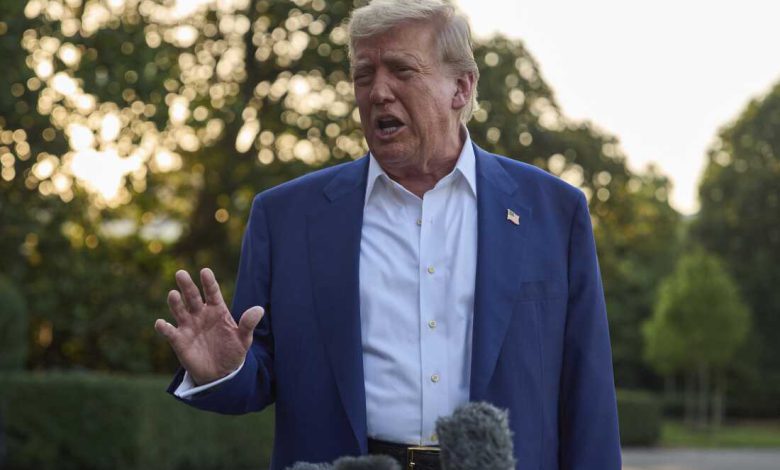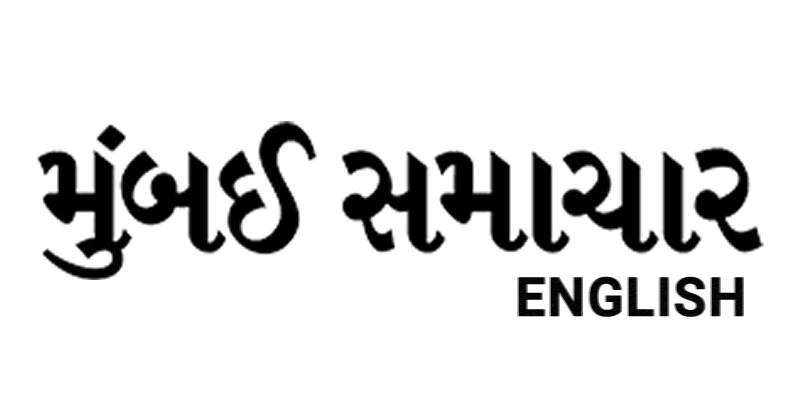Trump Signals Tariff Showdown with Letters to 12 Nations

U.S. President Donald Trump has finalized letters to 12 countries, detailing tariff rates on their exports to the United States, with the non-negotiable offers set to be dispatched on Monday, July 7, 2025. Speaking to reporters at Joint Base Andrews before departing for Iowa, Trump emphasized that the tariffs, effective from August 1, will bring significant revenue to the U.S. He withheld the names of the recipient countries, noting that they will be revealed when the letters are sent.
The move marks a shift from earlier trade negotiations, which Trump initially pursued with numerous nations. In April, he introduced a 10% base tariff on most imports, with additional rates up to 50% for some countries, though these were paused for 90 days to allow for talks. That suspension ends on July 9, and Trump’s latest strategy reflects frustration over stalled negotiations with key partners like Japan and the European Union. “The letters are better … much easier to send a letter,” he told reporters on Friday, indicating a preference for unilateral action over prolonged discussions.
India, a focal point in recent trade talks, faces pressure to finalize a deal with the U.S. Indian Commerce Minister Piyush Goyal, however, stressed that India will not be rushed by external deadlines. “India does not enter into any trade agreement based on deadlines. We will sign a deal with the US only when it is fully finalized, properly concluded, and in the national interest,” Goyal said on Frida. He underscored India’s commitment to its domestic priorities, stating, “National interest should always be supreme.” India is also negotiating free trade agreements with the EU, Chile, Peru, Oman, New Zealand, and the U.S., aiming for mutually beneficial outcomes.
So far, only the United Kingdom and Vietnam have secured trade agreements with the U.S. The U.K. maintained the 10% base rate in May, gaining preferential treatment for sectors like automobiles and aircraft engines, while Vietnam reduced tariffs on its goods from a proposed 46% to 20%, with many U.S. products entering Vietnam duty-free.
ALSO READ : Elon Musk Officially Announces Launch Of New Political Party After Trump’s New Legislation
With the July 9 deadline approaching, global markets are bracing for potential disruptions. Indian exporters risk higher tariffs on key products like pharmaceuticals, textiles, and digital services if no agreement is reached by August 1. However, a well-negotiated deal could unlock new opportunities in these sectors, trade analysts suggest.
